Home>Construction & Tools>Electrical and Plumbing Systems>How To Claim Federal Tax Credit For EV Charger
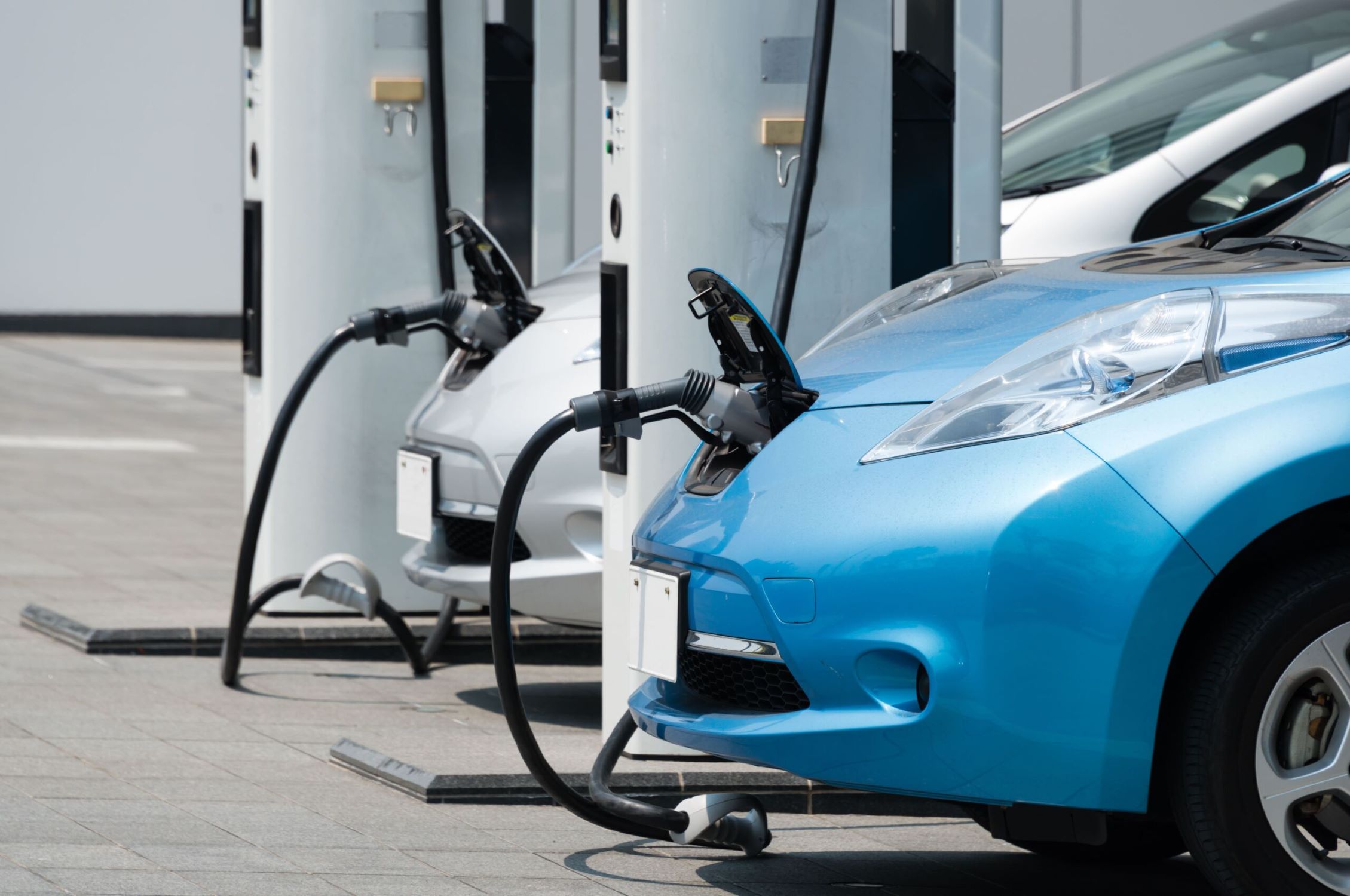

Electrical and Plumbing Systems
How To Claim Federal Tax Credit For EV Charger
Modified: February 25, 2024
Learn how to claim the federal tax credit for EV charger installation to save money on electrical and plumbing systems. Maximize your savings with our step-by-step guide.
(Many of the links in this article redirect to a specific reviewed product. Your purchase of these products through affiliate links helps to generate commission for Storables.com, at no extra cost. Learn more)
Introduction
Welcome to the exciting world of electric vehicles (EVs) and the infrastructure that supports them! As the demand for sustainable transportation continues to rise, the installation of electric vehicle chargers has become increasingly prevalent. To incentivize this eco-friendly shift, the federal government offers a tax credit for the installation of EV charging stations at residential and commercial properties.
In this comprehensive guide, we will delve into the intricacies of claiming the federal tax credit for EV chargers. Whether you are a homeowner, a business owner, or an installer, understanding the process of claiming this tax credit can lead to substantial savings and contribute to the widespread adoption of electric vehicles.
So, fasten your seatbelt as we embark on a journey to unravel the nuances of the federal tax credit for EV chargers. By the end of this guide, you will be well-equipped to navigate the eligibility requirements, the necessary documentation, and the essential steps to successfully claim this tax credit. Let's plug in and power up our knowledge to make the most of this green opportunity!
Key Takeaways:
- Claiming the federal tax credit for EV chargers can save money for homeowners and businesses installing charging stations, contributing to the growth of sustainable transportation infrastructure.
- To claim the tax credit, gather receipts, complete IRS Form 8911, and ensure eligibility requirements are met. Avoid mistakes like inadequate documentation and missing filing deadlines.
Read more: How To Claim Home Renovation Tax Credit
Understanding the Federal Tax Credit for EV Chargers
Before delving into the specifics of claiming the federal tax credit for EV chargers, it’s crucial to grasp the fundamentals of this incentive. The federal tax credit serves as a powerful financial incentive to spur the adoption of electric vehicle technology and infrastructure. By offering a tax credit for the installation of EV charging stations, the government aims to accelerate the transition to sustainable transportation and reduce greenhouse gas emissions.
The federal tax credit allows eligible individuals and businesses to claim a percentage of the costs associated with the purchase and installation of EV charging equipment. This credit applies to both residential and commercial properties, making it accessible to a wide range of stakeholders. Notably, the credit covers not only the hardware expenses but also the costs related to the necessary installation and wiring.
One of the key aspects of this tax credit is its contribution to the expansion of the EV charging infrastructure. As the number of charging stations grows, it enhances the convenience and accessibility of charging for electric vehicle owners, thereby addressing a critical aspect of EV adoption. Furthermore, the proliferation of charging infrastructure plays a pivotal role in alleviating range anxiety, a common concern among prospective EV buyers.
It’s important to note that the federal tax credit for EV chargers has a monetary cap, which limits the total amount that can be claimed. Understanding the nuances of this cap is essential for maximizing the benefits of the tax credit while planning for the installation of EV charging stations.
By comprehending the rationale behind the federal tax credit for EV chargers, individuals and businesses can appreciate its role in promoting sustainable transportation and harness its financial advantages to support the transition to electric vehicles. This understanding sets the stage for exploring the eligibility requirements and the process of claiming this valuable tax credit.
Eligibility Requirements for Claiming the Tax Credit
Claiming the federal tax credit for EV chargers entails meeting specific eligibility requirements, which determine who can benefit from this incentive. Understanding these requirements is essential for individuals and businesses seeking to leverage the tax credit to offset the costs of installing EV charging stations.
First and foremost, the tax credit is available to taxpayers who own the property where the EV charging equipment is installed. This encompasses both residential and commercial properties, encompassing a broad spectrum of potential claimants. However, lessees or renters are generally not eligible to claim the tax credit unless they have received explicit permission from the property owner to make the installation.
Furthermore, the EV charging equipment must meet certain criteria to qualify for the tax credit. Specifically, the equipment must be capable of providing a minimum of 4 kilowatts of power. This requirement ensures that the installed charging stations are sufficiently robust to cater to the charging needs of electric vehicles, contributing to the development of a reliable and efficient charging infrastructure.
Another crucial aspect of eligibility pertains to the purpose of the EV charging equipment. To qualify for the tax credit, the installed charging stations must be used primarily for recharging plug-in electric vehicles. This stipulation ensures that the tax credit incentivizes the deployment of charging infrastructure specifically tailored to electric vehicles, aligning with the overarching goal of promoting sustainable transportation.
Moreover, the tax credit is subject to specific timeframes, and the eligibility of the equipment is contingent on when it was placed in service. Understanding these temporal considerations is vital for accurately claiming the tax credit within the applicable tax year.
By familiarizing themselves with these eligibility requirements, property owners, businesses, and installers can ascertain whether the installed EV charging equipment qualifies for the federal tax credit. This understanding lays the groundwork for navigating the subsequent steps to claim the tax credit and reaping its financial benefits.
Steps to Claim the Federal Tax Credit for EV Charger
Successfully claiming the federal tax credit for EV chargers involves a series of essential steps that enable eligible individuals and businesses to leverage this valuable incentive. By following these steps diligently, claimants can ensure that they maximize the benefits of the tax credit while contributing to the expansion of the EV charging infrastructure.
Evaluate Eligibility: Before initiating the claim process, it is imperative to ascertain that the installed EV charging equipment meets the eligibility requirements for the federal tax credit. This involves confirming ownership of the property where the equipment is installed, verifying the power capacity of the charging stations, and ensuring that the equipment is primarily used for recharging plug-in electric vehicles.
Retain Documentation: Gathering and retaining relevant documentation is a critical preparatory step for claiming the tax credit. This includes maintaining records of the purchase and installation costs of the EV charging equipment, as well as any associated expenses such as wiring and installation labor. Additionally, retaining evidence of the equipment’s specifications and power capacity is essential for substantiating the claim.
Complete IRS Form 8911: To claim the federal tax credit for EV chargers, taxpayers must complete IRS Form 8911, which is specifically designed for this purpose. This form enables claimants to report the qualified expenses related to the installation of EV charging equipment and calculate the corresponding tax credit.
Include in Tax Filing: When filing their federal tax return, eligible individuals and businesses must include the completed IRS Form 8911 to claim the tax credit for EV chargers. Ensuring the accurate and thorough inclusion of this form in the tax filing process is pivotal for availing the financial benefits associated with the tax credit.
Consult Tax Professional: Given the complexities of tax regulations and incentives, seeking guidance from a qualified tax professional can provide valuable insights and ensure compliance with the requisite procedures for claiming the federal tax credit. Tax professionals can offer tailored advice and assistance in navigating the nuances of claiming this tax credit.
By methodically following these steps, property owners, businesses, and installers can effectively claim the federal tax credit for EV chargers, thereby offsetting a portion of the costs associated with the installation of EV charging stations. This proactive approach not only yields financial advantages but also contributes to the advancement of sustainable transportation infrastructure.
You can claim a federal tax credit for EV charger installation by filling out IRS Form 8911. This can provide up to 30% of the cost, up to $1,000 for residential installations and up to $30,000 for commercial installations.
Documentation Required for Claiming the Tax Credit
When claiming the federal tax credit for EV chargers, ensuring the availability of comprehensive documentation is crucial for substantiating the claim and demonstrating compliance with the eligibility requirements. The following documentation is essential for accurately claiming the tax credit and maximizing its financial benefits:
Receipts and Invoices: Retaining detailed receipts and invoices for the purchase of EV charging equipment is fundamental. These documents should explicitly outline the costs associated with the acquisition of the charging stations, including any additional components or accessories essential for their operation.
Installation Costs: Documentation of the expenses related to the installation of EV charging equipment is imperative for claiming the tax credit. This encompasses invoices or receipts for the labor and materials involved in the installation process, as well as any costs associated with the necessary wiring and electrical work.
Specifications and Capacity: Providing documentation that elucidates the specifications and power capacity of the installed EV charging equipment is essential. This may include technical specifications provided by the manufacturer or installer, affirming that the equipment meets the requisite power capacity criteria for eligibility.
IRS Form 8911: Completing IRS Form 8911, which is specifically designated for claiming the federal tax credit for EV chargers, is a pivotal component of the documentation process. This form serves as the official means of reporting the qualified expenses and calculating the corresponding tax credit.
Evidence of Primary Use: Demonstrating that the installed EV charging equipment is primarily used for recharging plug-in electric vehicles is essential. This may involve providing supporting documentation that illustrates the predominant utilization of the charging stations for electric vehicle charging purposes.
By diligently assembling and retaining these essential documents, property owners, businesses, and installers can fortify their claims for the federal tax credit for EV chargers. This comprehensive documentation not only facilitates the accurate and efficient claiming of the tax credit but also serves as a testament to the commitment to sustainable transportation and the deployment of EV charging infrastructure.
Common Mistakes to Avoid When Claiming the Tax Credit
When pursuing the federal tax credit for EV chargers, it is imperative to steer clear of common pitfalls that can hinder the successful claiming of this valuable incentive. By being mindful of these potential missteps, individuals and businesses can navigate the claiming process with confidence and precision, maximizing the benefits of the tax credit while ensuring compliance with the requisite regulations.
Failure to Meet Eligibility Requirements: One of the most critical mistakes is attempting to claim the tax credit without ensuring that the installed EV charging equipment meets the eligibility criteria. This includes confirming ownership of the property, verifying the power capacity of the charging stations, and substantiating the primary use of the equipment for recharging plug-in electric vehicles.
Inadequate Documentation: Insufficient or incomplete documentation can significantly impede the claiming process. Failing to retain detailed receipts, invoices, and records of installation expenses may lead to challenges in substantiating the qualified expenses and meeting the documentation requirements for claiming the tax credit.
Incorrect Reporting on IRS Form 8911: Inaccuracies in completing IRS Form 8911 can lead to discrepancies in the reported expenses and the calculated tax credit. It is essential to meticulously report the qualified expenses related to the installation of EV charging equipment and ensure the accurate calculation of the tax credit to avoid potential complications.
Missing the Filing Deadline: Overlooking the deadline for claiming the tax credit can result in forfeiting this financial incentive. It is crucial to be mindful of the applicable timeframes and include the claim for the federal tax credit for EV chargers in the relevant tax return within the stipulated deadline.
Disregarding Professional Guidance: Neglecting to seek advice from tax professionals or failing to consult with qualified experts can lead to oversights and misconceptions regarding the claiming process. Professional guidance can provide invaluable insights and ensure adherence to the requisite procedures for claiming the tax credit.
By avoiding these common mistakes, claimants can navigate the process of claiming the federal tax credit for EV chargers with proficiency and accuracy. This proactive approach not only safeguards against potential complications but also positions individuals and businesses to leverage the financial benefits of this incentivizing program to support the widespread deployment of EV charging infrastructure.
Conclusion
As we conclude this comprehensive guide to claiming the federal tax credit for EV chargers, it is evident that this incentive plays a pivotal role in fostering the expansion of electric vehicle infrastructure and promoting sustainable transportation. By understanding the nuances of this tax credit and navigating the claiming process adeptly, property owners, businesses, and installers can harness its financial advantages while contributing to the advancement of eco-friendly mobility.
The federal tax credit for EV chargers not only incentivizes the installation of charging stations but also bolsters the accessibility and convenience of electric vehicle charging, addressing a crucial aspect of EV adoption. This initiative aligns with the overarching goal of reducing greenhouse gas emissions and advancing the transition to cleaner, greener modes of transportation.
By evaluating eligibility, retaining comprehensive documentation, and following the requisite steps for claiming the tax credit, stakeholders can position themselves to effectively offset a portion of the costs associated with the installation of EV charging equipment. Additionally, by avoiding common mistakes and seeking professional guidance when necessary, claimants can navigate the claiming process with confidence and accuracy.
Ultimately, the federal tax credit for EV chargers serves as a catalyst for the continued growth of electric vehicle infrastructure, driving the momentum towards a more sustainable and environmentally conscious transportation landscape. By leveraging this incentive, individuals and businesses can not only realize financial savings but also contribute to the broader societal and environmental benefits of electric vehicle adoption.
As we look to the future, the collective efforts to expand EV charging infrastructure, bolstered by initiatives such as the federal tax credit, will play a transformative role in shaping a cleaner, more sustainable transportation ecosystem. Through proactive engagement with this incentive, stakeholders can propel the transition to electric vehicles and accelerate the realization of a greener, more energy-efficient future for all.
Frequently Asked Questions about How To Claim Federal Tax Credit For EV Charger
Was this page helpful?
At Storables.com, we guarantee accurate and reliable information. Our content, validated by Expert Board Contributors, is crafted following stringent Editorial Policies. We're committed to providing you with well-researched, expert-backed insights for all your informational needs.


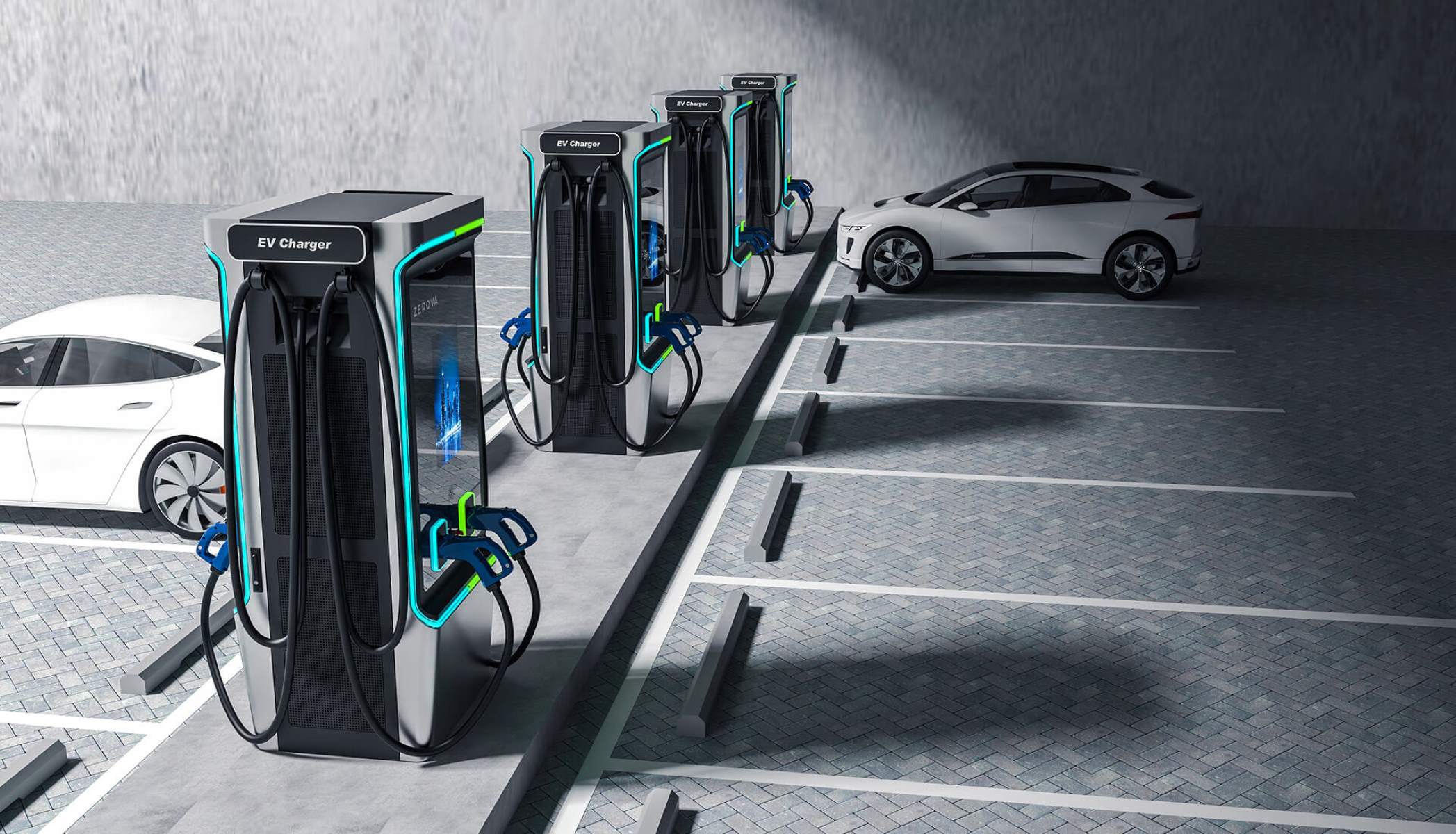
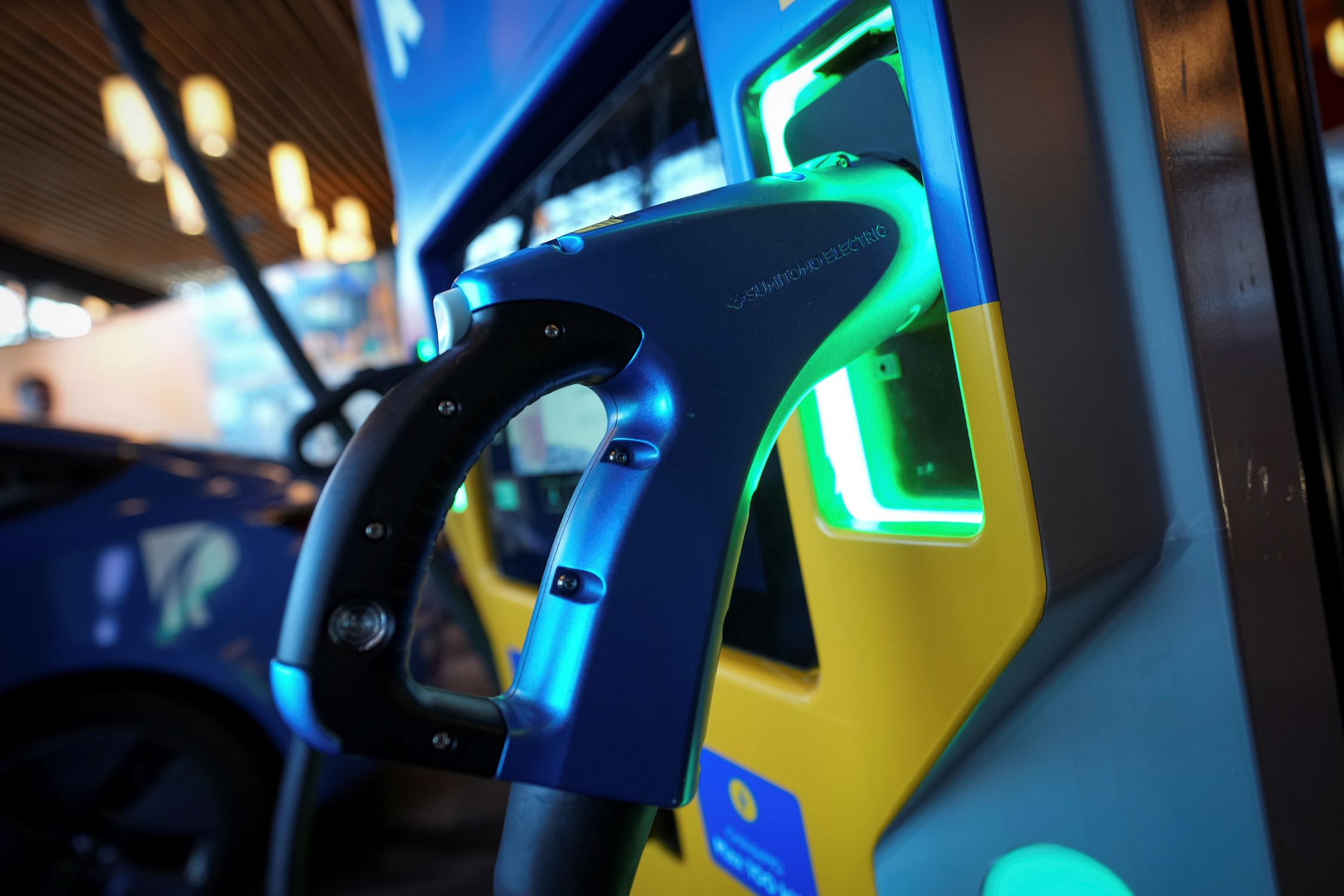
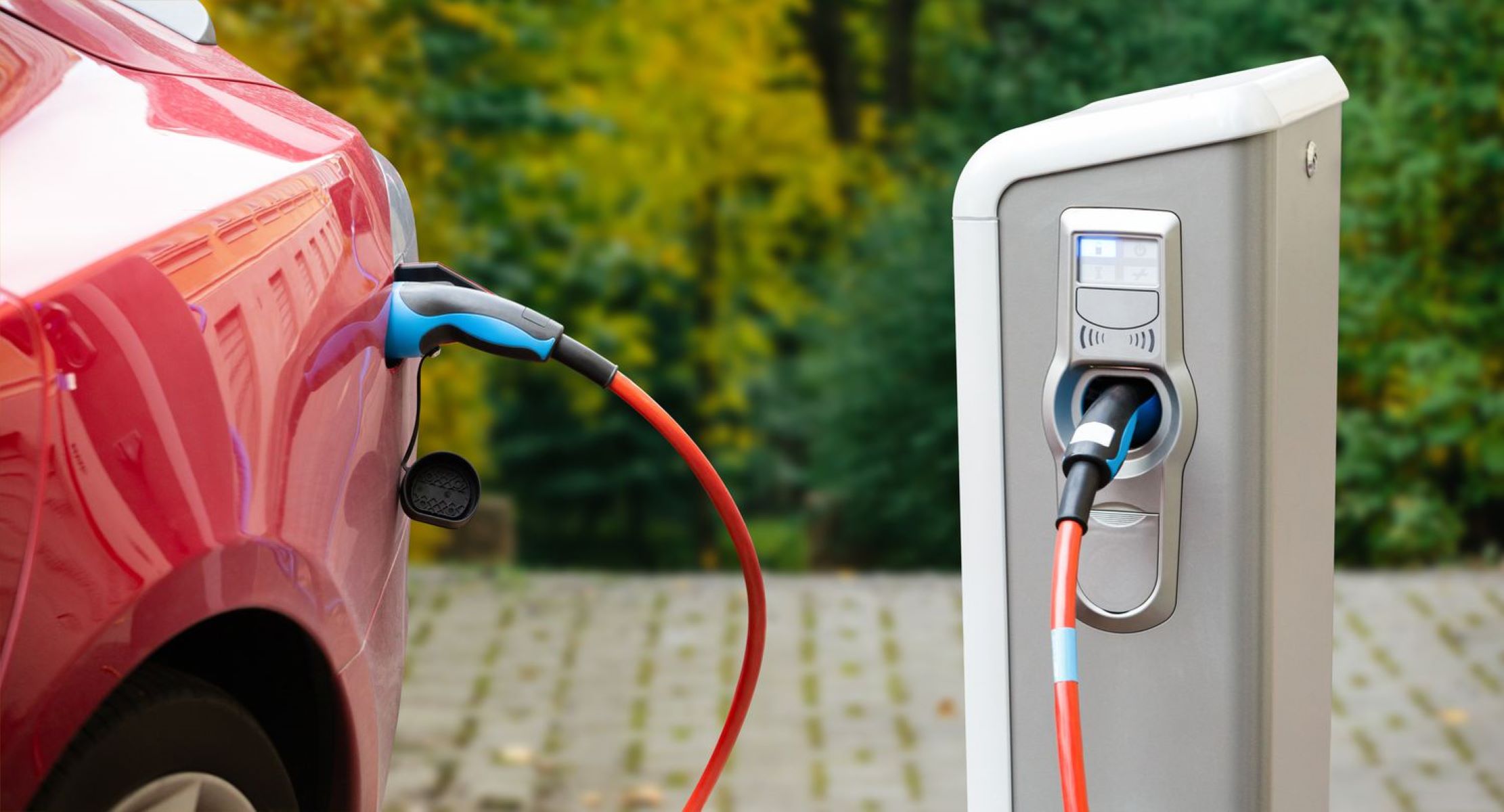

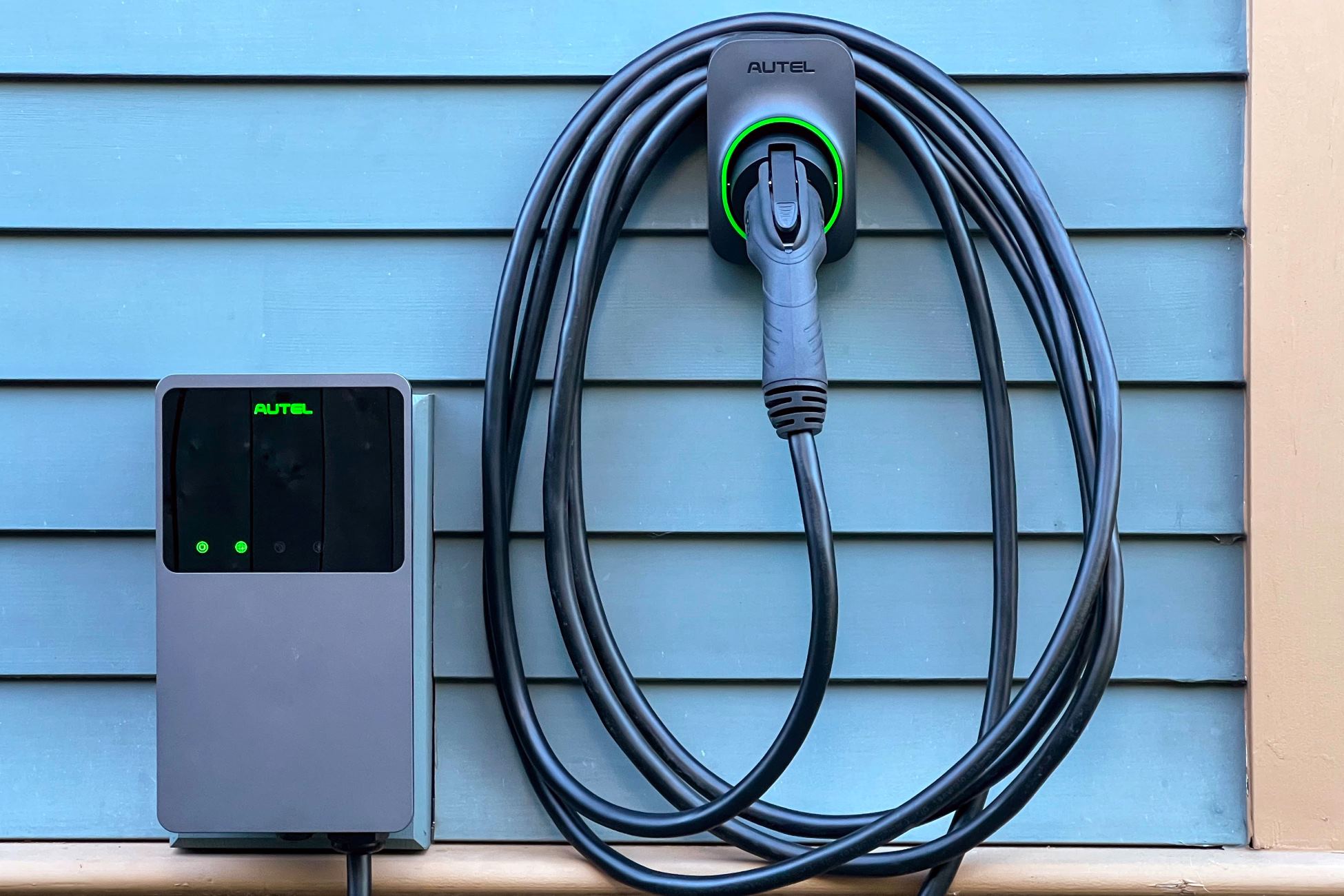
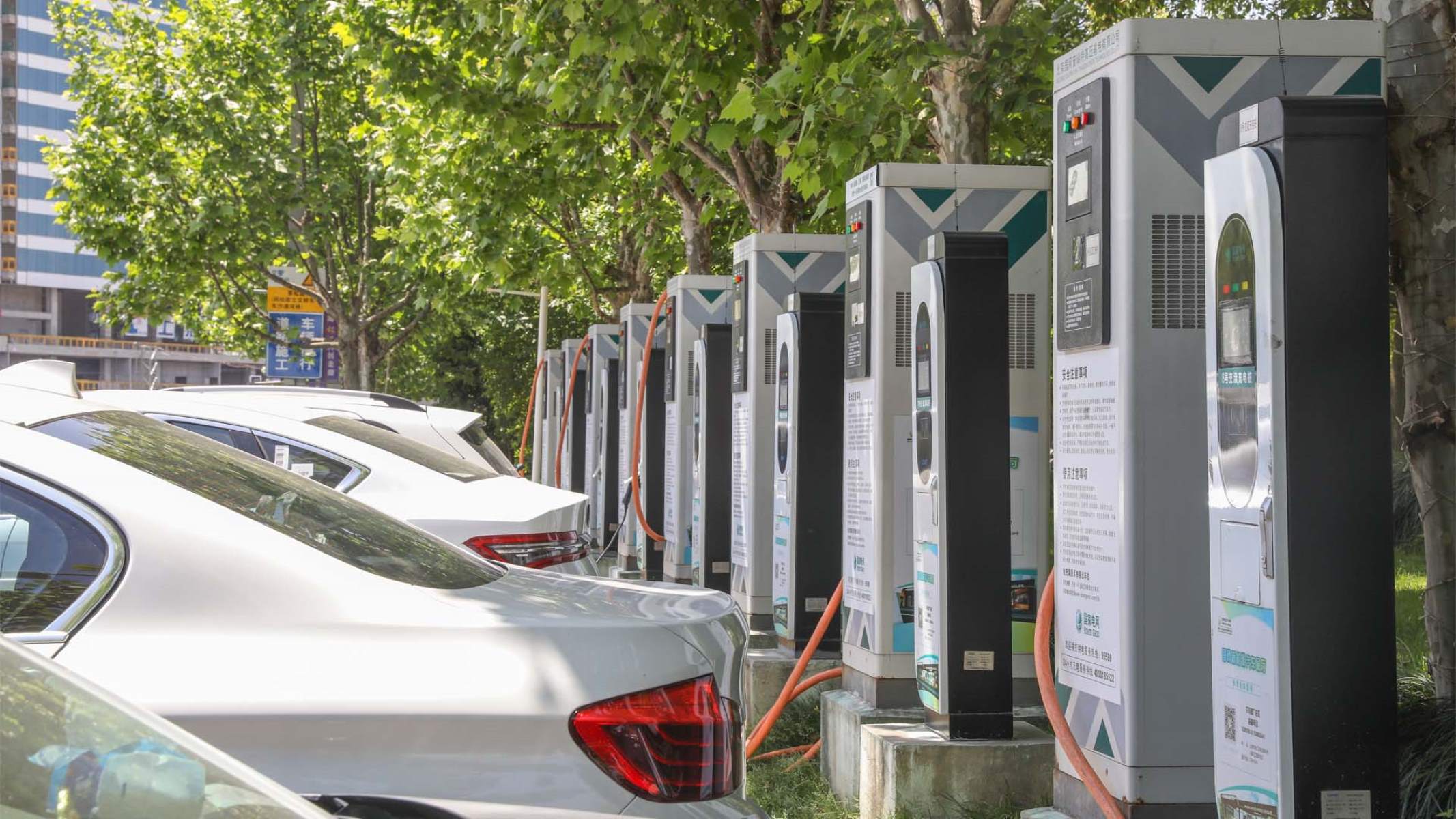
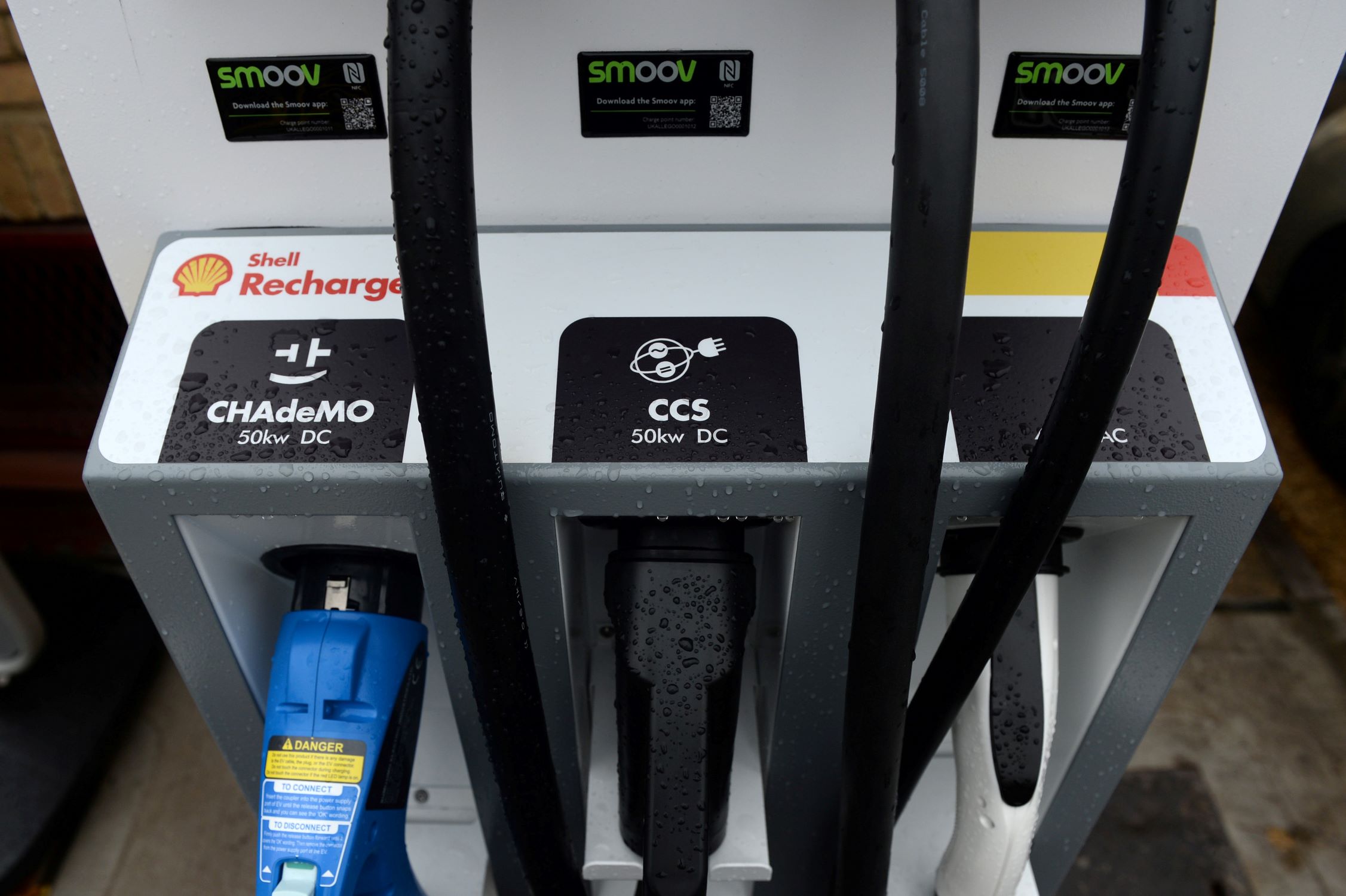
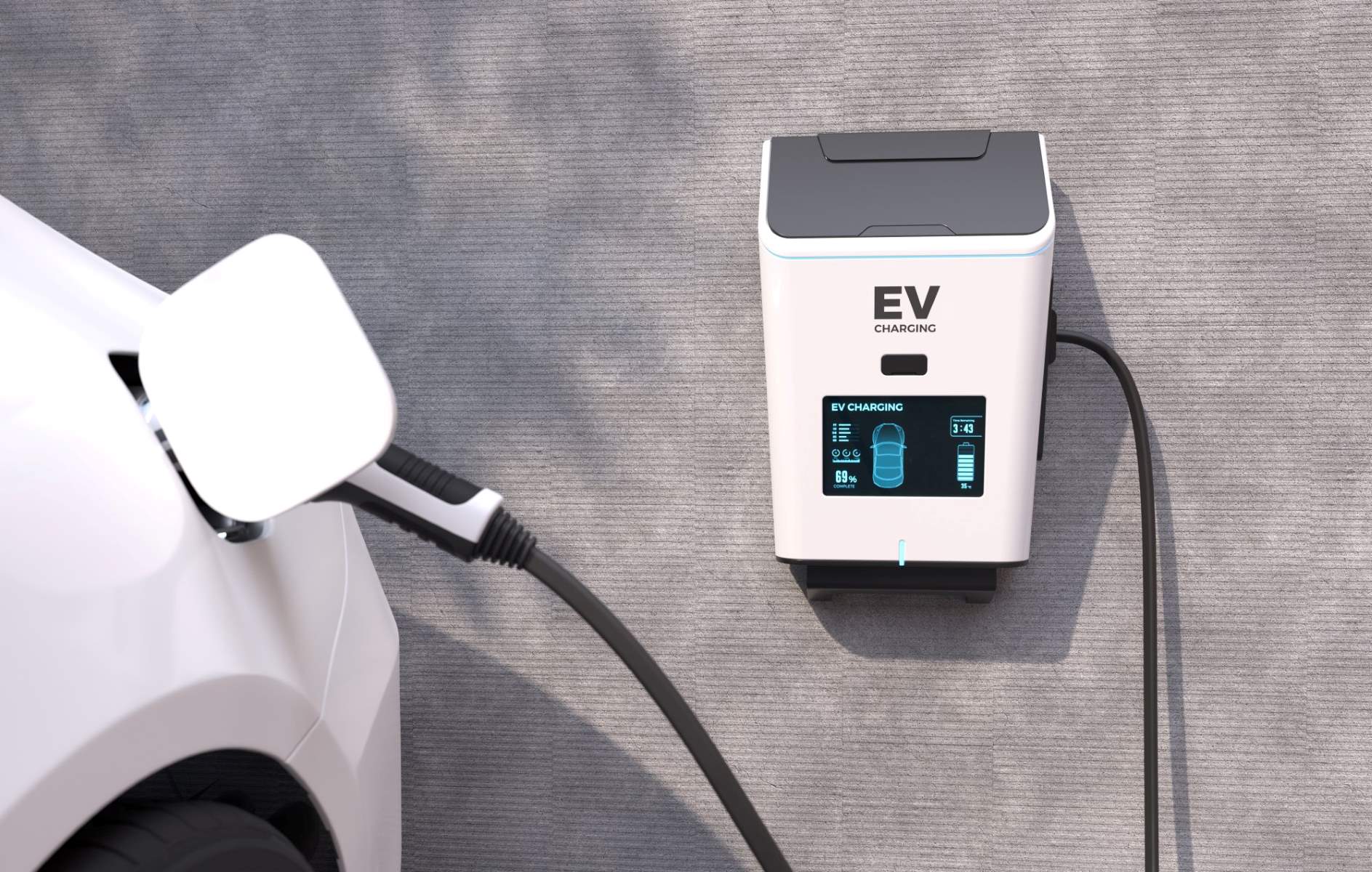
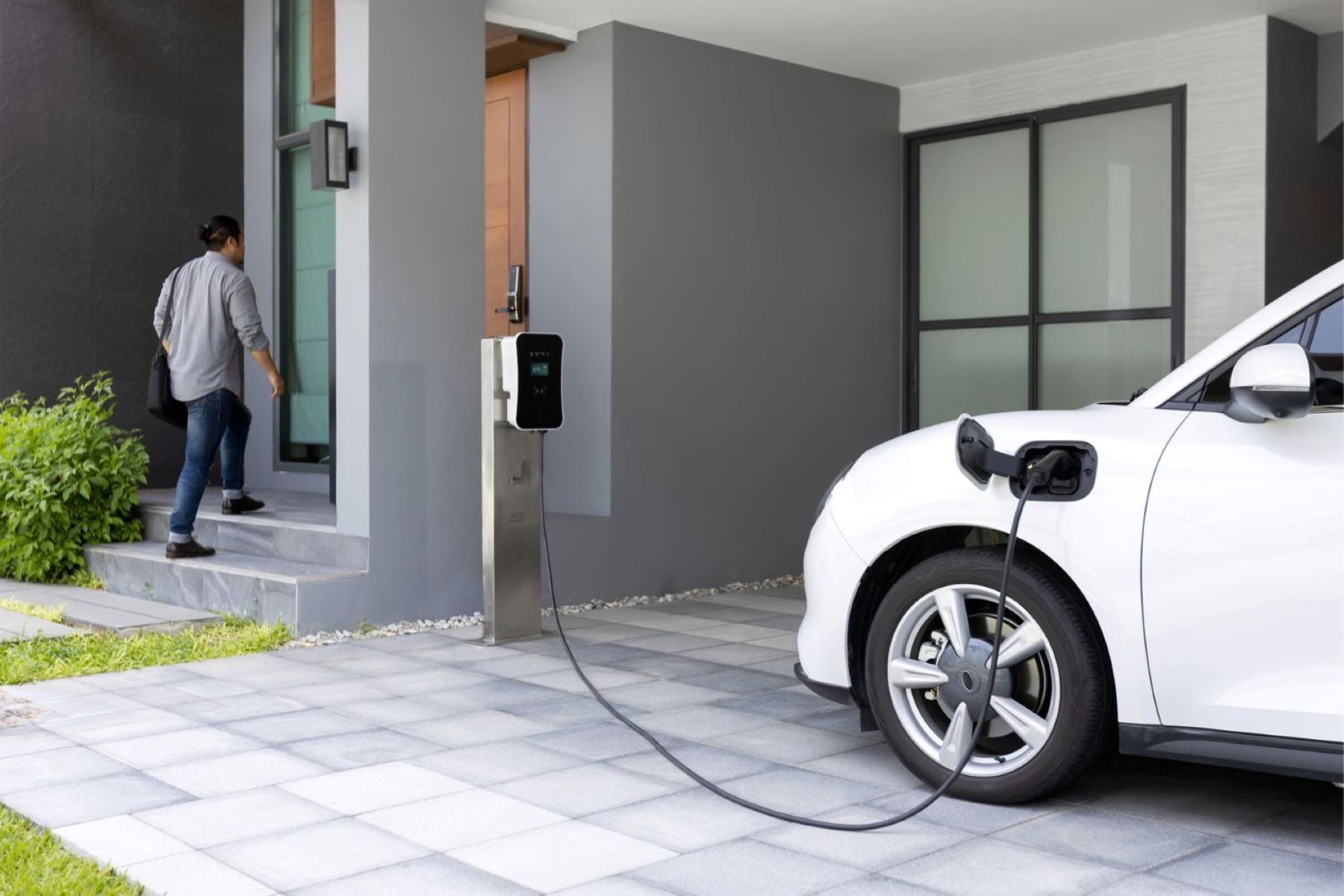
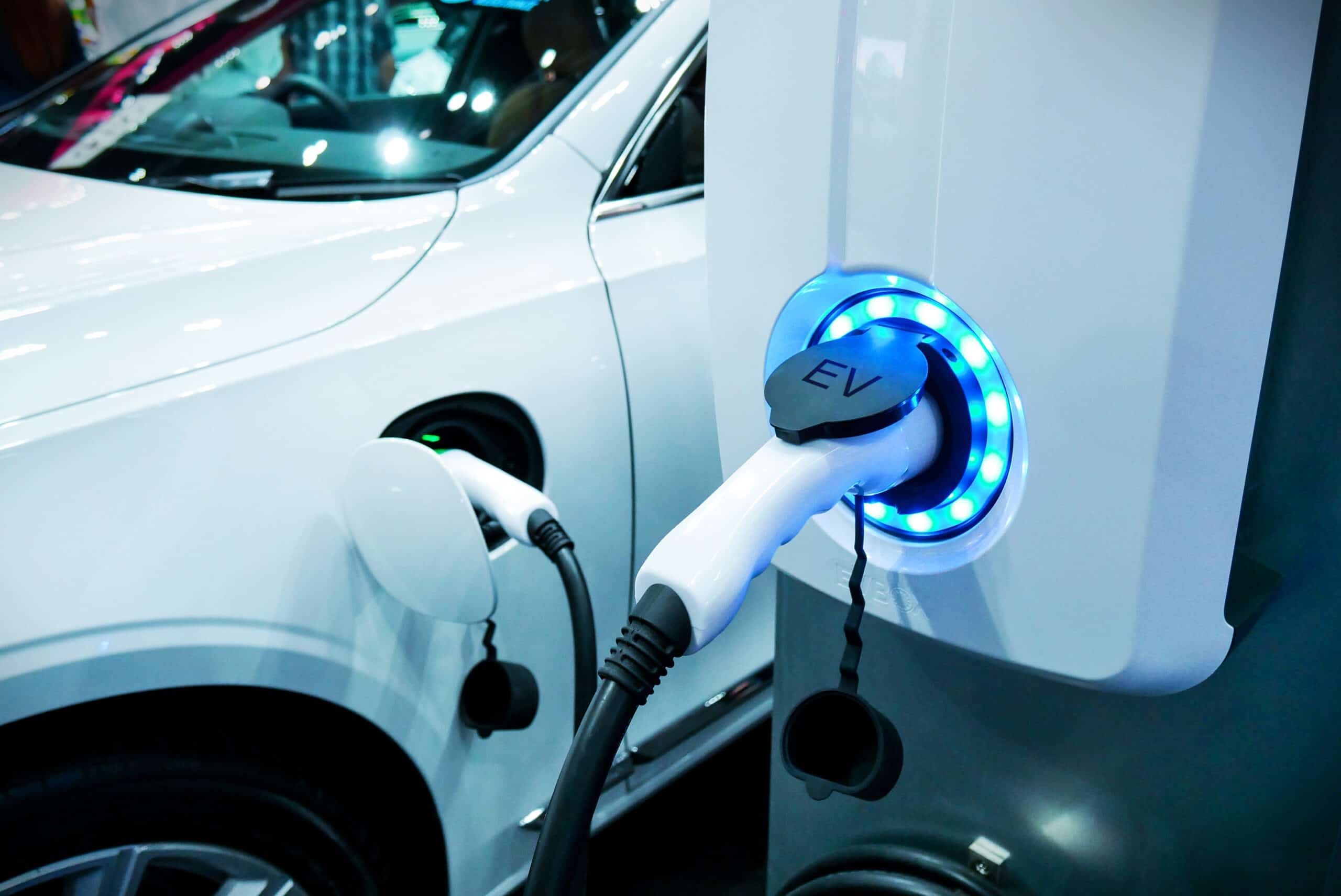
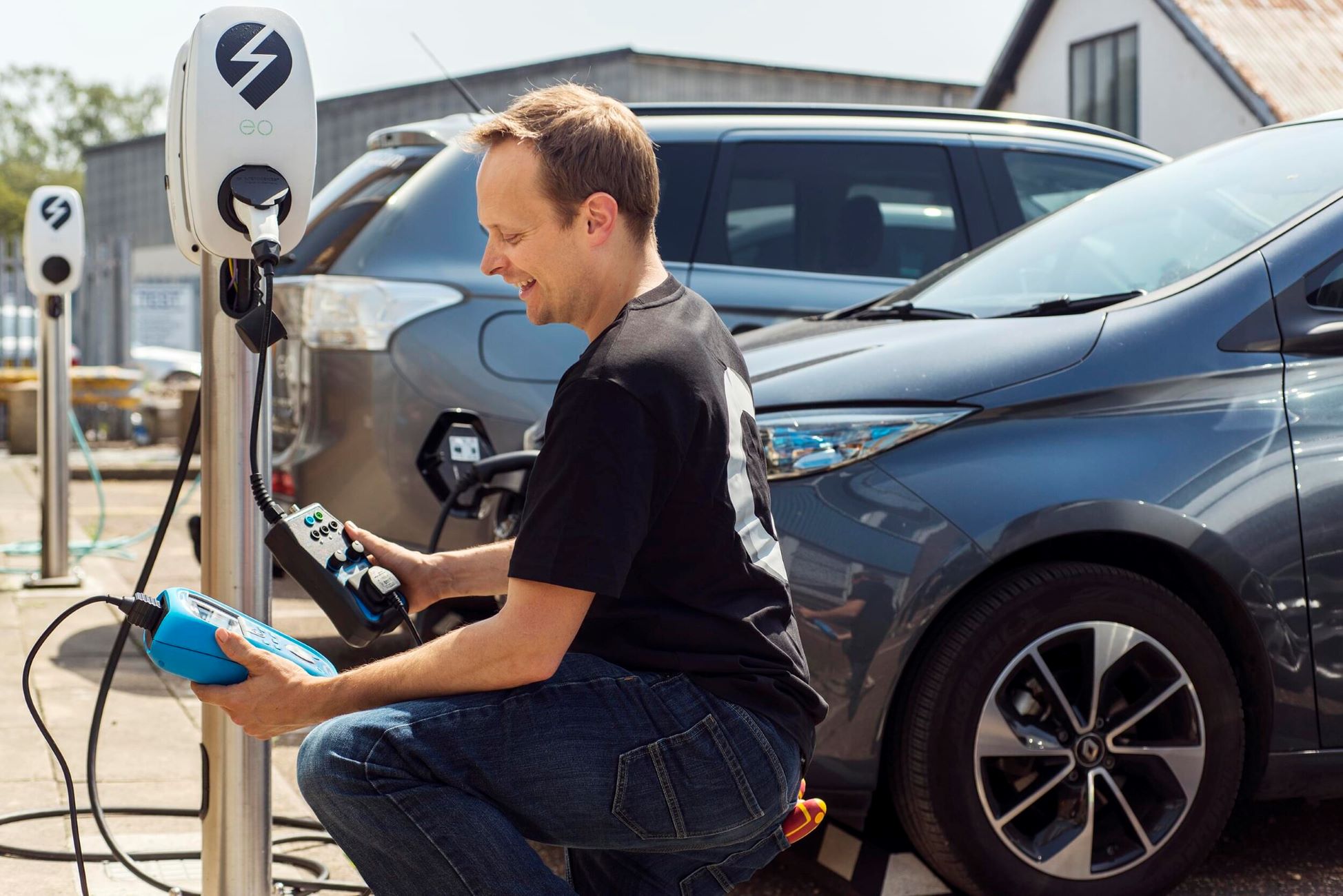


0 thoughts on “How To Claim Federal Tax Credit For EV Charger”